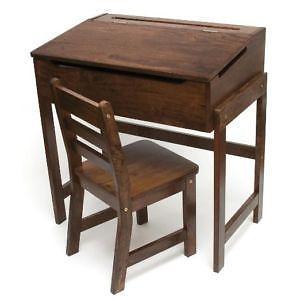Fakes have been rampant and have blended with real antiques. If an individual can make money on something, he is often led in to trying to make more by tweaking a little. So what does that mean for all? We need to be cautious and sharp when looking for our old antiques. But the more important question is, how can we tell if what we have is a fake item? There are some parameters for cautious pickers that might help…sometimes.
The first thing that you have to do especially if one is wooden furniture is to spend time with genuine furniture. The more you are familiar with the furniture, its artistry and detail as well as the stroke and grains of wood, there is a slim chance that you will be fooled. Wooden chest furniture from China was mass produced and cheaply made and you can basically see the workmanship is totally different on the real pieces.You will see “straw marks” where the molds were wearing out. Newer wooden furniture will not have those identity marks. Watch out for pieces that appear thicker, a lot grainy that what you would expect. In other words, be careful with pieces that are almost perfect and too good to be true.
School desk with ink
Wooden furniture with metal or bronze inlays is often embedded irregularly because of time. Some metals are usually made of cast iron with bronze plate. Magnets tend to stick easily with these items. If it sticks, it is definitely not bronze; your wooden furniture might not be an antique.
The next thing that you have to look for is the type of joinery. Antique joinery are very detailed especially in wood furniture. The workmanship is proven to be most of manual work. That is why artistic innovations are very prevalent in these items. If you come across a near perfect joinery, chances are it is not antique. There is also a probability that the process is not manual but machine manufactured. Nowadays, mass produced furniture are machine manufactured.
Another trick is to look the way the piece was made. Again, the joinery should be consistent with its purported place of origin and age. You also have to regard the tool marks and hardware. Patinas are also prevalent on antique wooden furniture. Wear should also be prevalent where it should be. As compared to fake wears that is machine manufactured.
Fakers nowadays are extremely good at what they are doing; they often utilize cheap materials or put other elements that make their craft look real. Sometimes, they make a fusion of other elements to make a whole new item. Sometimes, if one is not too keen on inspecting an item, chances are, they might not be able to recognize a fake item. If the item is too expensive, that does not readily mean that it is a real antique. Sometimes, jacking up prices for an item to look real is a scam that a lot of fakers do.
Just a final word: some fakes were made several years ago. That, in itself makes them antique in their own regard, so be very careful.
STAY TUNED! We will soon publish an article about real and fake reclaim Ulin.
We have a content writer. Would any text published on our blog be yours, please let us know.


